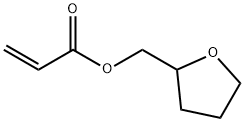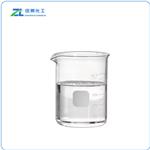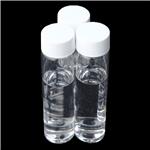Uses
Tetrahydrofurfuryl acrylate may be used as an acrylic matrix for silver nanoparticles/polymer nanocomposites . It can form copolymers with butadiene. Prior to transfer printing, cellulosic and proteinic fibers are grafted with THFA.
Uses
Tetrahydrofurfuryl acrylate (THFA) can be used to prepare bio-based photopolymers. A series of thermostable shape memory photopolymers were synthesised from a mixture of two bio-based monomers, THFA and tridecyl methacrylate, with the addition of a small amount of 1,3-benzodithiol. Ethyl phenylphosphonate (2,4,6 trimethylbenzoyl) was used as a photoinitiator. The biorenewable carbon content of these photopolymers ranged from (63.7-74.9) %. The increase in THFA content in the photocured resins increased the light curing rate, increased the stiffness, and improved the mechanical and thermal properties of the obtained polymers. The developed bio-based photopolymers could replace petroleum-derived thermostable shape memory polymer analogues in a wide range of applications
[1].
Hazard
A moderate skin irritant.
Safety
Tetrahydrofurfuryl acrylate is a contact irritant affecting the skin, eyes, and mucous membranes and may cause sensitization through skin contact in certain individuals. If swallowed, it causes irritation of the gastrointestinal tract, causing nausea and vomiting.
References
[1] JUSTINAS JARAS; Jolita O; Aukse Navaruckiene. Thermoresponsive Shape-Memory Biobased Photopolymers of Tetrahydrofurfuryl Acrylate and Tridecyl Methacrylate.[J]. Materials, 2023. DOI:10.3390/ma16062156.






